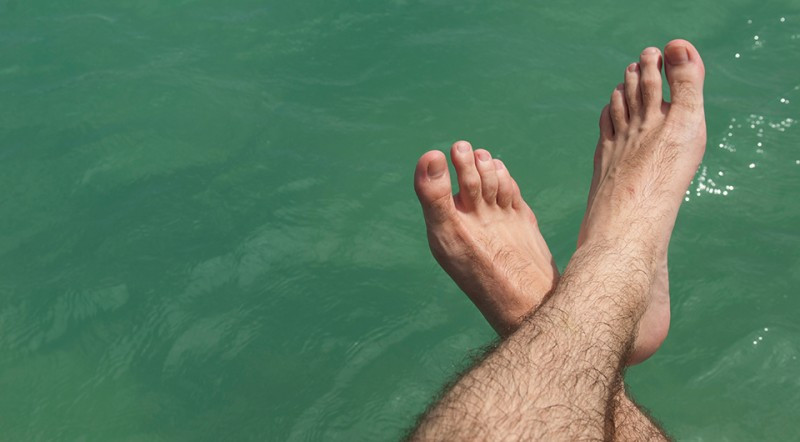America is populated with millions of weekend warriors—aspiring, perspiring amateur athletes. They might have a bit of a paunch or some nagging aches and pains, or they just noticed a few more gray hairs when looking in the mirror this morning. Yet they still hold far-fetched fantasies of winning the next pickup game or tennis match, or lowering their PR in the next 10K. They want to be called 'athlete,' and crave any association with the word. Think twice on that. A word to the wise for anyone who might not know better and who might be relatively new to the jock scene: getting athlete's foot is not a good thing. It doesn't mean you are ready for prime time or filling Serena Williams's shoes. Athlete's foot won't give you the ability to jump higher, kick the ball farther or run faster from one end of the block to the other. Just like getting tennis elbow or jock itch isn't meant to be a compliment of your sporting skills. Bottom line: it's misery wrapped up in a sports term. Athlete's foot, also known as tinea pedis, is a contagious fungal infection that attacks your feet, specifically the skin between your toes, and which can put a damper on your recreational and athletic pursuits, as well as your everyday quality of life, whether or not you are on your feet. Not only is it contagious, it can spread to your toenails or hands. Nasty, aggravating stuff, for sure. A few things to note about the fungus: it thrives in warm, moist environments, just like what you might find in communal showers as well as on the floor of a locker room---like those at the local gym, or on the surfaces surrounding a swimming pool or near a sauna. That's why if you happen to be at one of those locales and spot folks walking around in slippers, don't giggle—the last laugh, and fungus, might be on you. Certain behaviors, per healthline.com, can increase your chances of getting athlete's foot, with symptoms that includes:
- itching, stinging, and burning between the toes or on the soles of the feet
- blisters on the feet that itch
- cracking and peeling skin on the feet, most commonly between the toes and on the soles
- dry skin on the soles or sides of the feet
- raw skin on the feet
- discolored, thick, and crumbly toenails
- toenails that pull away from the nail bed
- Keep your feet clean, dry, and cool.
- Wear clean socks.
- Don't walk barefoot in public areas.
- Wear flip-flops in locker room showers.
- Keep your toenails clean and clipped short.

